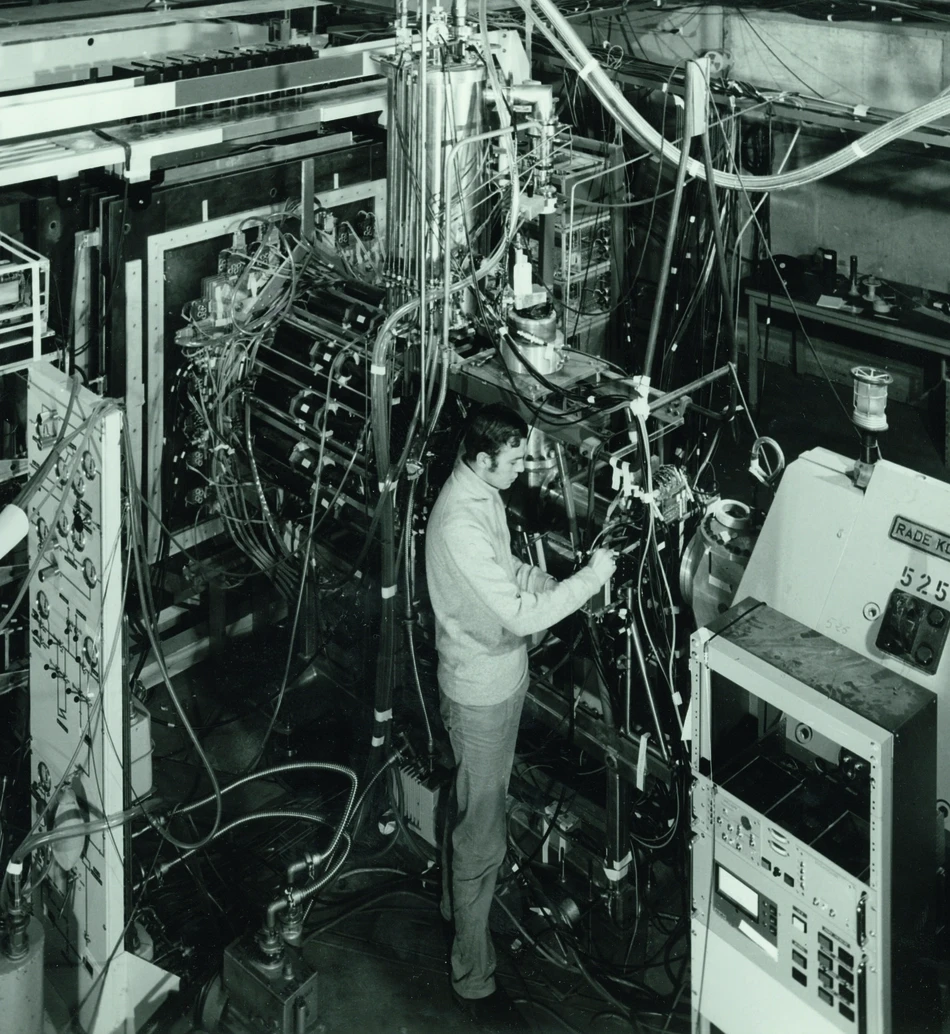Seven decades with LEMO

CERN is a unique scientific instrument. An instrument covering over 620 hectares, hosting 700 buildings (439,000m2 surface area) and more than 65 tunnels.
All of it studded with a multitude of devices of all sizes. Can you imagine the number of connectors and the mileage of cables required to link it all? Neither can we.
What is easy to imagine is that LEMO – located 30 minutes away by car – has been working hard to meet CERN’s requirements. Their cooperation even goes back to the origins of the two partners.
In 1956, LEMO was just 10 years old, when its founder Léon Mouttet, invented the revolutionary Push-Pull connector that was both safe and very easy to use. The innovation immediately appealed to the fledgling CERN, created two years earlier, requesting a custom-tailored version and becoming one of LEMO’s very first customers. In 1957, CERN put its first particle accelerator into operation (the proton synchrocyclotron) and, on its turn, LEMO patented its Push-Pull locking system, which was to become a new global standard for connectors. Over the following decades, CERN continued to grow, multiplying its scientific projects, modernising its instruments and equipment. It continued to use thousands of LEMO solutions (Push-Pull connectors and cable assemblies).
Among these, the 00 Series, a NIM-CAMAC (a communication and interconnection standard used in nuclear physics). But there are also customized versions, like the one designed in 1956.



